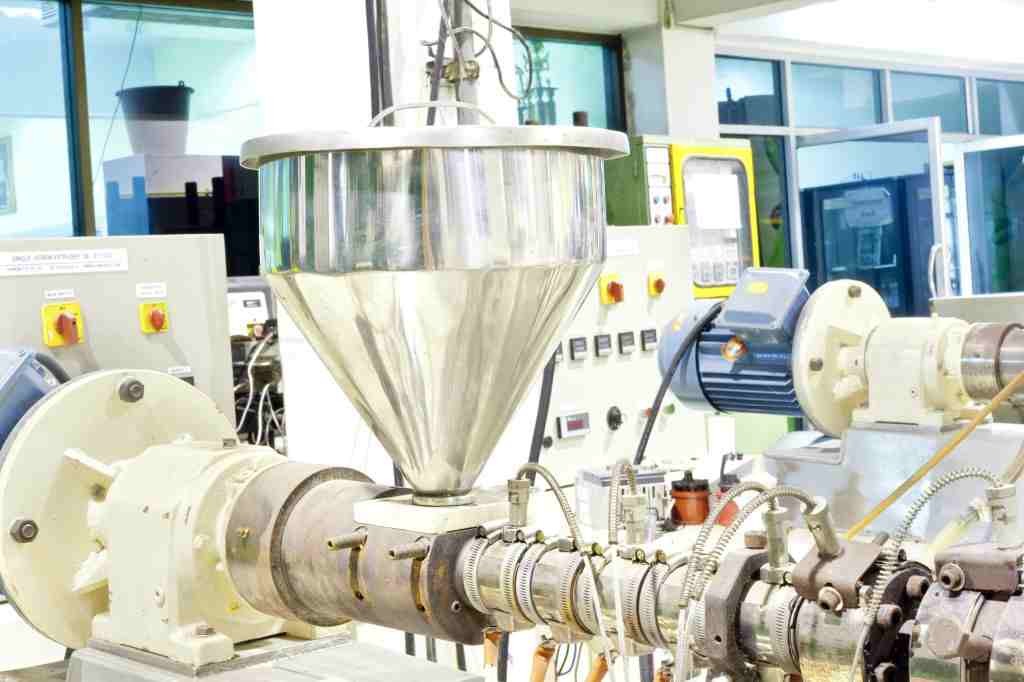
Ecomass is the innovative and technological leader in high density engineered thermoplastics. Ecomass Compounds are completely nontoxic and can be used to replace lead and other traditional materials.
About Ecomass Compounds
Ecomass Compounds are a line of patented, nontoxic, high-density thermoplastic composite materials that can be processed on conventional injection molding, compression molding, and extrusion equipment. Ecomass Compounds can be formulated using a variety of polymers and fillers to meet a wide range of customer requirements including:
- Density (up to 11.0 g/cc)
- Heat Deflection Temperature
- Tensile Strength
- Impact Strength
- Flexural Modulus
Ecomass Compounds have been specified as a direct substitute for lead in a number of applications ranging from nontoxic frangible projectiles to radiation shielding applications for nuclear reactors and x-ray tube housings. Ecomass Compounds are also being used in many other applications including wheel weights, fishing lures, writing instruments, and golf clubs.
Ecomass Compounds meet the RoHS Directive, do not contain lead, lead compounds, or any material considered toxic or hazardous according to the U.S. Department of Defense Listing of Toxic Chemicals, Hazardous Substances and Ozone Depleting Substances or the U.S. Environmental Protection Agency’s (EPA) Hazardous Substances Priority List. Ecomass Compound NJ-96TP has met the requirements of ISO 10993-5, Biological Evaluation of Medical Devices, Part 5. Ecomass Compounds have also been evaluated for RCRA characteristics and do not meet the criteria of a hazardous waste if discarded in their purchased form. Additionally, Ecomass Compounds do not become a “Mixed Waste” if contaminated with a radioactive waste.
The Origin of Ecomass Compounds
The original Ecomass Compound (1700TU96) was initially developed for the U.S. Army for use as nontoxic training projectiles to address the problem of increasing lead contamination of the soil and groundwater at U.S. Department of Defense (DoD) firing ranges.
The use of lead projectile cores in small caliber ammunition and the resulting environmental contamination of military firing ranges has become an increasing concern for both the DoD and the EPA. Approximately 700 million rounds of small caliber ammunition are fired annually in the United States for training purposes by DoD and Department of Energy. DoD liability for remediation of lead-contaminated firing ranges exceeds $600 million and EPA has successfully enforced closure of at least one active range as a result of excessive lead levels in groundwater.
During tests performed at Picatinny Arsenal, Naval Surface Warfare Center-Crane and Lake City Army Ammunition Plant, 5.56mm ammunition containing 11.0 g/cc Ecomass projectiles were subjected to rigorous ballistics and process testing and performed “as well as lead”. In fact, ammunition containing Ecomass projectiles was determined to be more accurate than the Army’s standard lead ammunition.
Ecomass Compounds also have applications in a variety of other products where lead and other heavy metals are currently used. Some of these include: nontoxic frangible ammunition; radiation shielding; vibration damping; and many weighting and balancing applications.